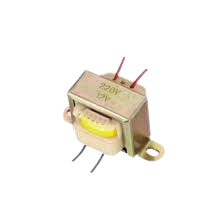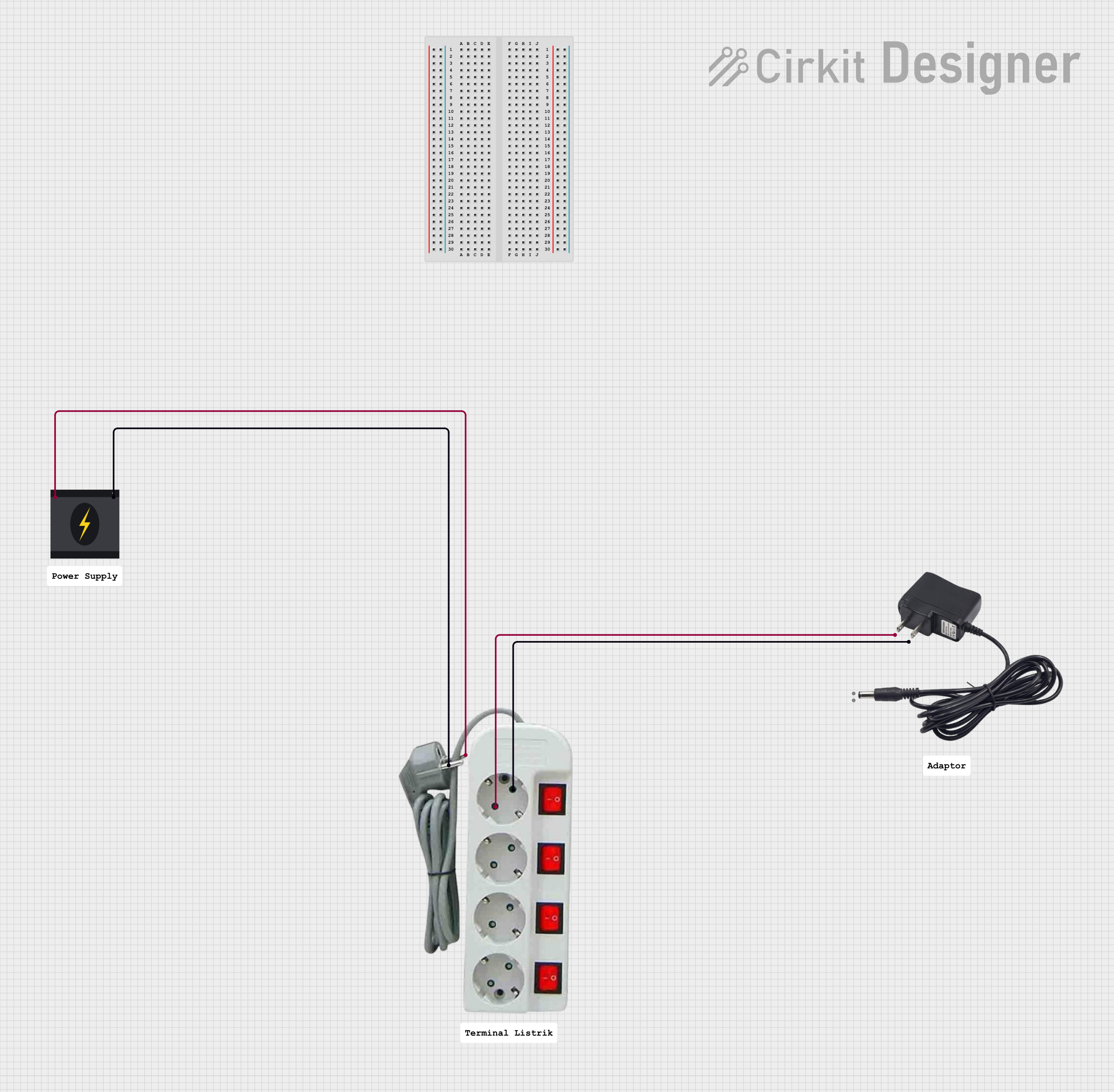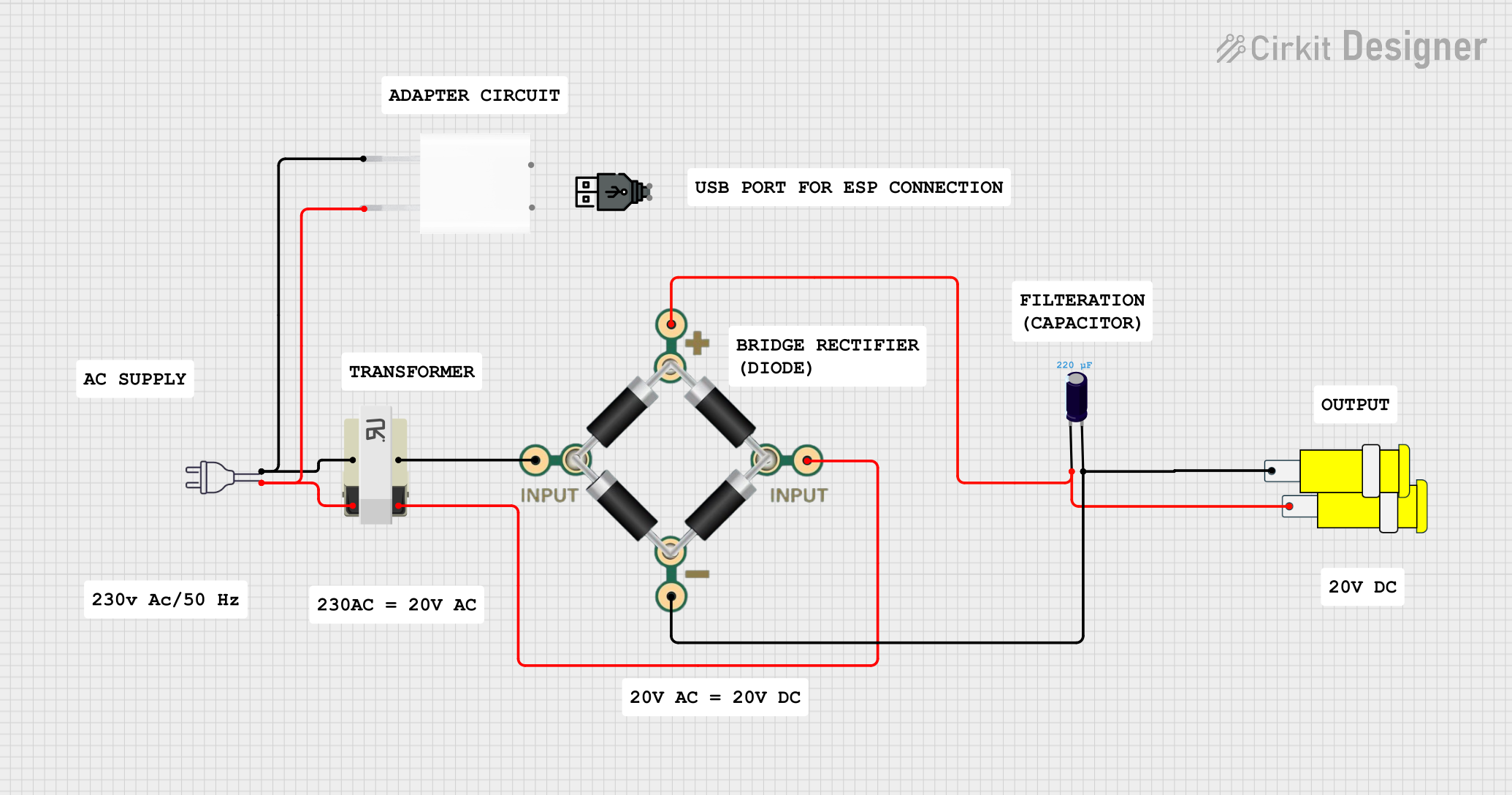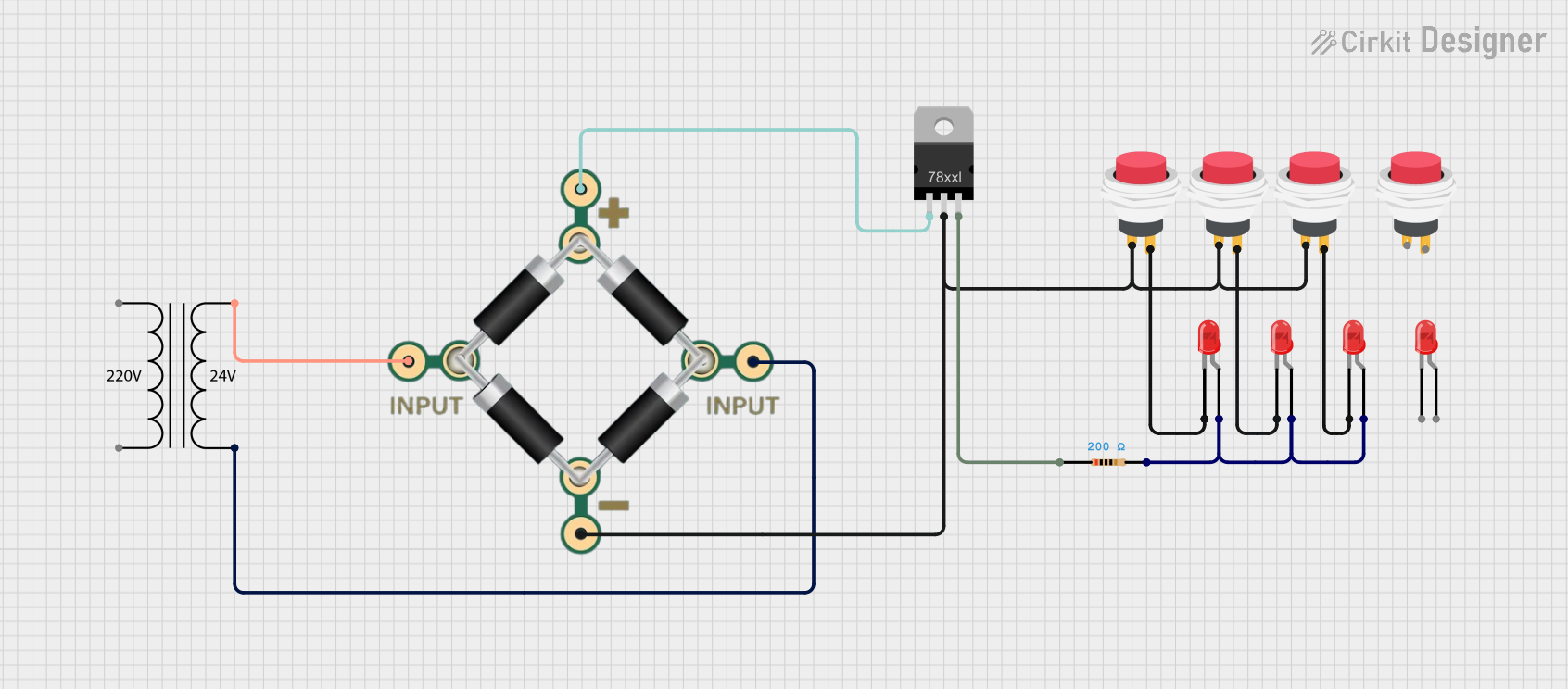
How to Use Transformer 220V TO 12V POWER CONVERTER: Examples, Pinouts, and Specs

 Design with Transformer 220V TO 12V POWER CONVERTER in Cirkit Designer
Design with Transformer 220V TO 12V POWER CONVERTER in Cirkit DesignerIntroduction
The Transformer 220V to 12V Power Converter is a crucial component in many electronic systems. It converts 220V AC mains electricity to 12V DC, making it suitable for powering low-voltage electronic devices. This component is widely used in various applications, including home appliances, automotive electronics, and DIY electronics projects.
Explore Projects Built with Transformer 220V TO 12V POWER CONVERTER

 Open Project in Cirkit Designer
Open Project in Cirkit Designer
 Open Project in Cirkit Designer
Open Project in Cirkit Designer
 Open Project in Cirkit Designer
Open Project in Cirkit Designer
 Open Project in Cirkit Designer
Open Project in Cirkit DesignerExplore Projects Built with Transformer 220V TO 12V POWER CONVERTER

 Open Project in Cirkit Designer
Open Project in Cirkit Designer
 Open Project in Cirkit Designer
Open Project in Cirkit Designer
 Open Project in Cirkit Designer
Open Project in Cirkit Designer
 Open Project in Cirkit Designer
Open Project in Cirkit DesignerTechnical Specifications
Key Technical Details
| Parameter | Value |
|---|---|
| Input Voltage | 220V AC |
| Output Voltage | 12V DC |
| Output Current | Up to 2A |
| Power Rating | 24W |
| Efficiency | 85% |
| Operating Temperature | -10°C to 50°C |
| Dimensions | 70mm x 50mm x 30mm |
| Weight | 150g |
Pin Configuration and Descriptions
| Pin Number | Name | Description |
|---|---|---|
| 1 | AC IN 1 | 220V AC input terminal 1 |
| 2 | AC IN 2 | 220V AC input terminal 2 |
| 3 | DC OUT + | 12V DC positive output |
| 4 | DC OUT - | 12V DC negative output (ground) |
Usage Instructions
How to Use the Component in a Circuit
- Safety First: Ensure that the power is turned off before making any connections.
- Connect AC Input: Connect the 220V AC mains electricity to the
AC IN 1andAC IN 2terminals. - Connect DC Output: Connect the device that requires 12V DC to the
DC OUT +andDC OUT -terminals. - Power On: Turn on the power supply to start the conversion process.
Important Considerations and Best Practices
- Heat Dissipation: Ensure proper ventilation around the transformer to prevent overheating.
- Polarity: Double-check the polarity of the DC output connections to avoid damaging your devices.
- Load Capacity: Do not exceed the maximum output current of 2A to ensure reliable operation.
- Isolation: Maintain electrical isolation between the high-voltage AC input and the low-voltage DC output to ensure safety.
Troubleshooting and FAQs
Common Issues Users Might Face
No Output Voltage:
- Solution: Check the AC input connections and ensure that the mains power is on. Verify that the transformer is not damaged.
Overheating:
- Solution: Ensure proper ventilation and check if the load exceeds the maximum current rating. Reduce the load if necessary.
Fluctuating Output Voltage:
- Solution: Verify the stability of the AC input voltage. Ensure that the connections are secure and that there are no loose wires.
FAQs
Q1: Can I use this transformer to power my Arduino UNO?
- A1: Yes, you can use this transformer to power your Arduino UNO. Connect the 12V DC output to the VIN and GND pins of the Arduino.
Q2: What should I do if the transformer makes a humming noise?
- A2: A slight humming noise is normal. However, if it is excessively loud, check for loose components or mounting issues.
Q3: Is it safe to use this transformer outdoors?
- A3: This transformer is designed for indoor use. If you need to use it outdoors, ensure it is housed in a weatherproof enclosure.
Example Code for Arduino UNO
Here is an example of how to power an Arduino UNO using the 12V DC output from the transformer:
// Example code to blink an LED connected to pin 13 of Arduino UNO
void setup() {
pinMode(13, OUTPUT); // Set pin 13 as an output pin
}
void loop() {
digitalWrite(13, HIGH); // Turn the LED on
delay(1000); // Wait for 1 second
digitalWrite(13, LOW); // Turn the LED off
delay(1000); // Wait for 1 second
}
Note: Connect the 12V DC output from the transformer to the VIN and GND pins of the Arduino UNO. This will power the Arduino and allow it to run the above code.
By following this documentation, users can effectively utilize the Transformer 220V to 12V Power Converter in their electronic projects, ensuring safe and efficient operation.